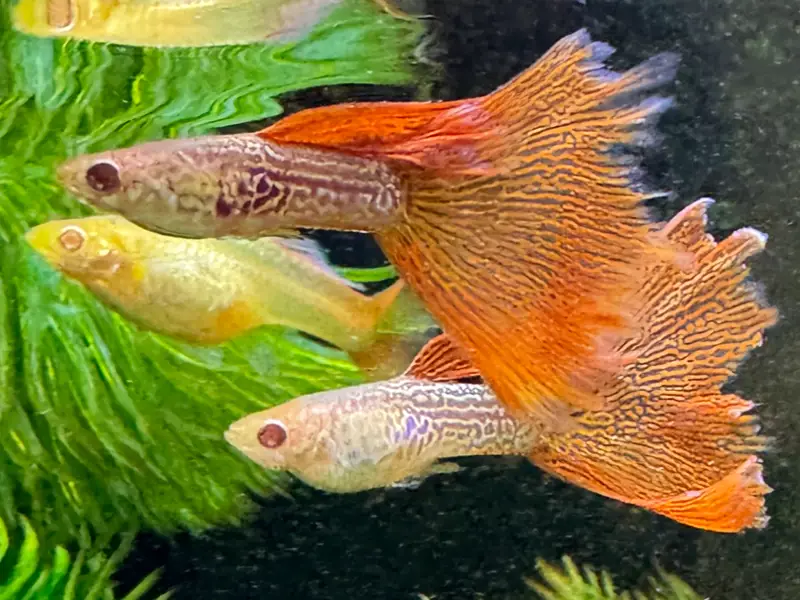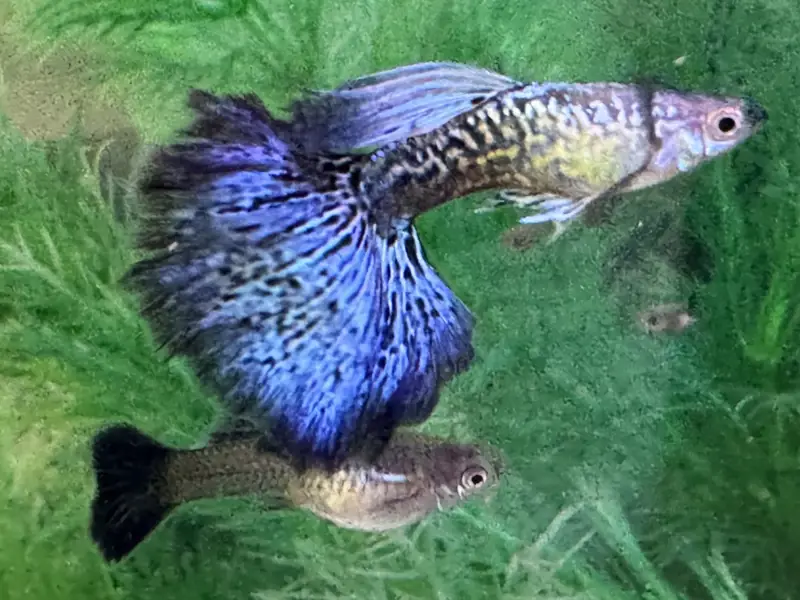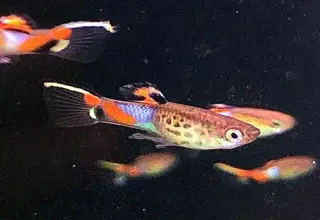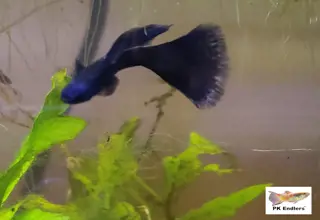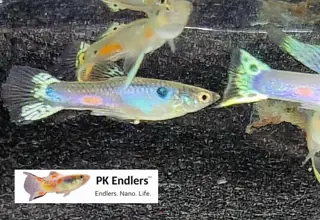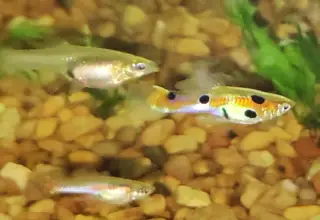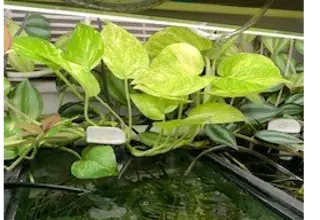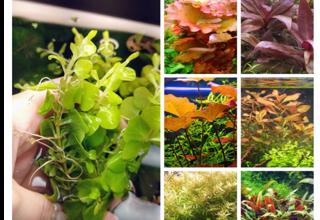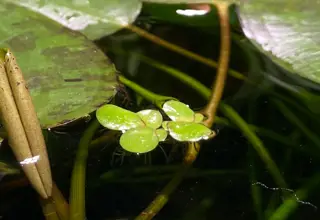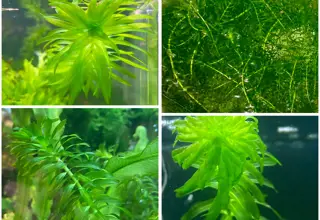Which is Better: Fluval Stratum vs Bio Stratum
Posted by Miles Harrison on 11/27/2022
We use affiliate links and may receive a small commission on purchases.
If you’re in the market for a substrate suitable for a planted tank, you’ve probably come across two popular choices. Fluval’s Stratum and Fluval’s Bio-Stratum. Fluval, a company now owned by Canadian pet company Rolf C. Hagen, became known for its filtration systems which rose in popularity in the 1970s.
With decades of experience in making aquatic equipment, their substrate offerings are some of the most popular for a reason. In this post, we’re going to cover some of the similarities and differences between two of their most popular products, stratum, and bio-stratum.
January's Giveaways on Light Fish
What is Stratum?
In Southern Japan, a National Park named Aso Kujū National Park is home to Mount Aso, one of the largest active volcanoes in the world. Along the foothills of this volcano, nutrient-rich soil and minerals are in abundance.
This volcanic soil is collected and then sold as Fluval Stratum.
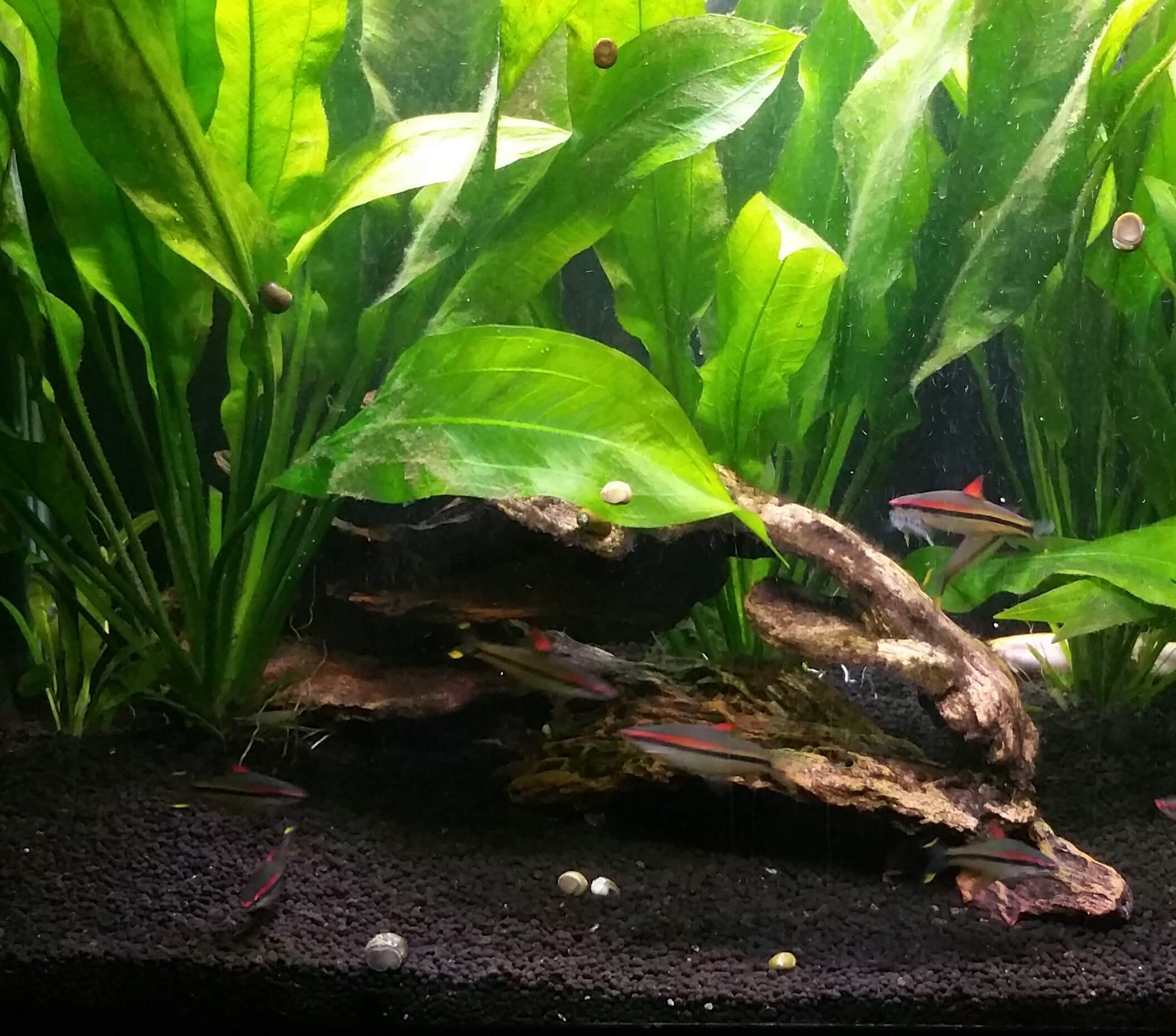
Fluval Stratum vs Bio Stratum: What’s the difference?
Bio Stratum is much smaller and is similar to a powder rather than a granule. Each piece of bio stratum is between 1-3 millimeters in size. Bio Stratum is also infused with beneficial bacteria which activate when it comes in contact with water.
The regular Stratum is larger, and the granules are between 3-5 millimeters in size. The regular stratum does not contain any beneficial bacteria.
Best Option for Nano Tanks
If you have an aquarium smaller than 15 gallons, we recommend going with Bio Stratum. We prefer the powder-like granules, which give the aquarium a unique sense of scale. Combined with some peaceful schooling fish and small plants such as anubias frazeri, you’ll be able to create an Instagram-worthy aquascape.
Best Option for Large Tanks
If you have an aquarium larger than 15 gallons, go with Fluval Stratum. The larger granules won’t affect the appearance of your aquarium since you're incorporating the substrate into a much larger tank.
Best Option for Plants with Delicate Roots
If you have plants with delicate roots, such as hygrophila salicifolia or nymphoides hydrophylla, go with Bio Stratum. Roots will take hold much quicker and planting is much easier in a finer substrate.
That being said, almost all plants will adapt to regular Stratum, it just might take a few attempts to get the roots to take hold. A good pair of aquarium tweezers helps tremendously with planting.
🛒 Shop Freshwater Fish on Light Fish
Best Option for Shrimp Keeping
If you plan on keeping shrimp, go with the regular Fluval stratum. Since the granules are larger, small crevices will form, making great hideouts for newborn shrimp as they mature.
If you plan on having a high volume of plants, this may not be a big deal, as they will already have plenty of hiding options. But if you’re going for a minimalist fish tank, like an Iwagumi seiryu stone aquascape, species such as orange pumpkin shrimp will benefit from the extra hiding space.
Price Comparison
Fluval stratum typically sells for around $30 on Walmart.com for a 4.4-pound bag, while Bio Stratum sells for around $22.00 on Amazon for a 4.4-pound bag.
They’re similarly priced, which makes sense considering they’re very similar products.
🛒 Shop Aquarium Plants Fish on Light Fish
Where to Purchase
Hobbyists looking to pick up any of these substrates in the United States may find deals on our marketplace, however, if you still can't find exactly what you're looking for, we built a massive list of over 250+ online aquarium stores where you can shop for aquarium substrates online.
Best of all, you can search the list by shipping origin, so you can find aquarium stores that offer shipping nearby!
Conclusion
Now that you’re well-versed in the differences between these products, which one do you think you’ll choose? You can’t go wrong with either choice. Newly setup aquariums will benefit from Bio Stratum’s included beneficial bacteria, but if you’re comfortable with waiting a bit longer for your aquarium to fully cycle, we don’t see this feature as being a dealbreaker.
Ultimately, we think the best substrate is one that will enhance the appearance of your aquascape. Having a well-thought-out aquarium will make your inhabitants happy, and will catch the attention of those fortunate enough to view your aquatic world at home!
If you’re interested in learning more about different substrates, such as the best substrate for discus, check out our community forum where we discuss everything related to fish keeping.
January's Giveaways on Light Fish
